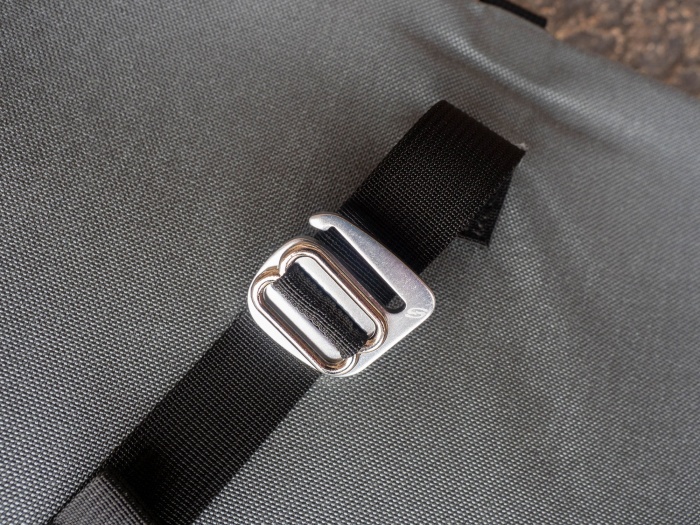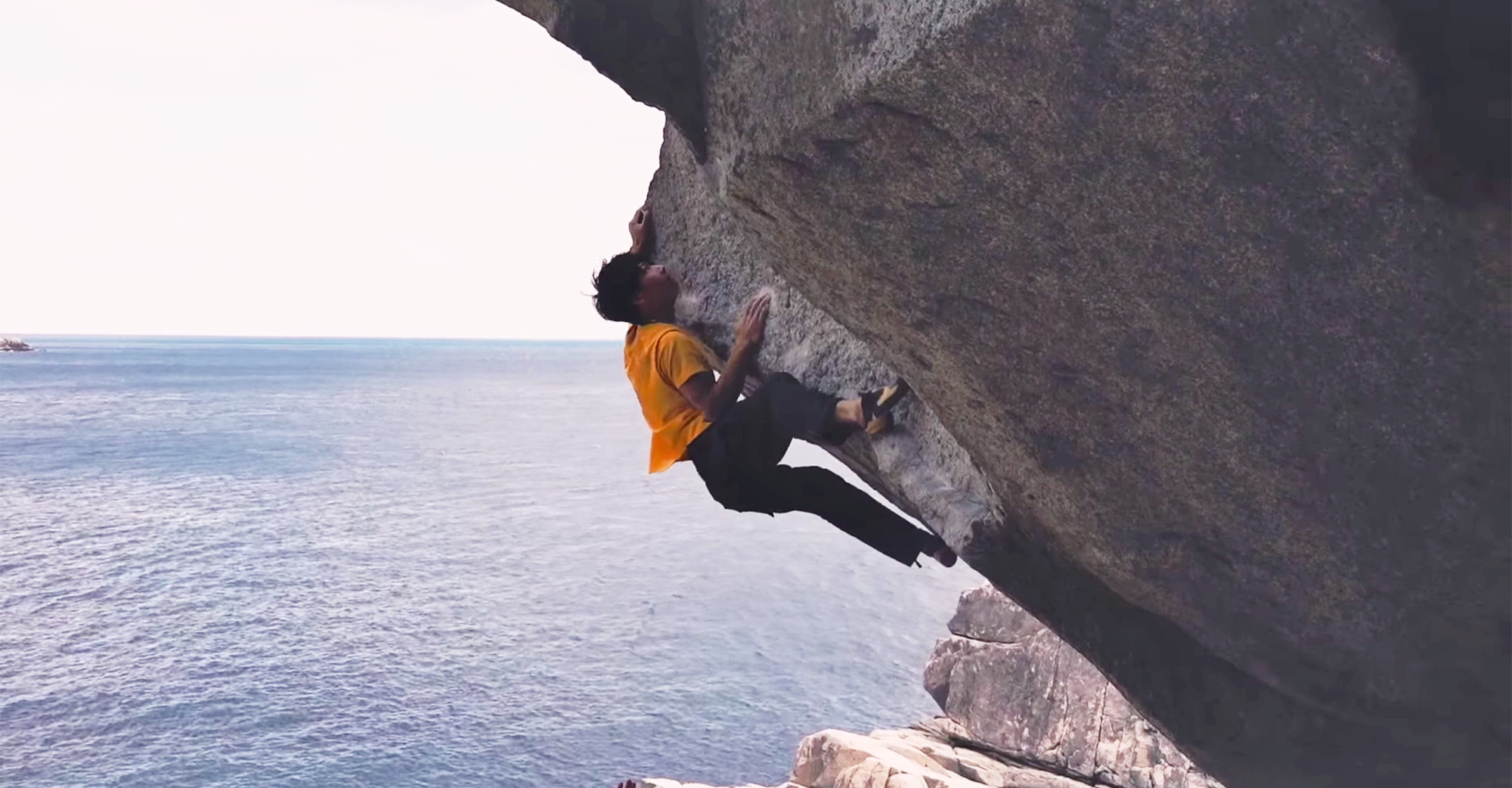From dirt to granite, the 3×4 allowed for safe and reliable falls up to 10 feet.
Located next to the premier bouldering destination of Hueco Tanks, Send Climbing is about to break into the bouldering crash pad market. Its designs differentiate from classic pads, and the brand’s location allows for quick and frequent testing.
The 3×4 Pro Crash Pad, available in early 2018, handles falls well and integrates a lot of nuanced bouldering pad tech. We’ve been testing a pre-production sample of this pad for two months.
Send Climbing is known best for its kneebar pads. The neoprene and sticky rubber pads have been the weapon of choice for attacking kneebars for more than 15 years, including use by Adam Ondra on “Silence,” the world’s first 5.15d.
In short: The Send Climbing 3×4 Pro Crash Pad’s unique DistribuFrame and foam layup provide a safe and predictable landing zone for anything other than highball problems. Cutting-edge designs bring additional safety and improve carrying efficiency, and the pad is extremely durable.
Energy Absorption: DistribuFrame in Pro
A crash pad’s primary function is to reduce the impact of falling from boulder problems. Send Climbing addresses energy absorption and distribution through a different foam layup than other bouldering pads.
3×4 Pro Crash Pad Suspension System
PadLink, Add-A-Pad, Non-Taco Solution
Materials, Specifications: Send Climbing Pad
Send Climbing 3x4 Pad Specs
- Material: 1,000d Cordura
- Foam: 0.5″ closed-cell foam, 3″ open-cell foam
- Unfolded dimensions: 36″ x 48″ x 3.75″
- Verified weight: 12 lbs., 10 oz.
- Cost: $280



















